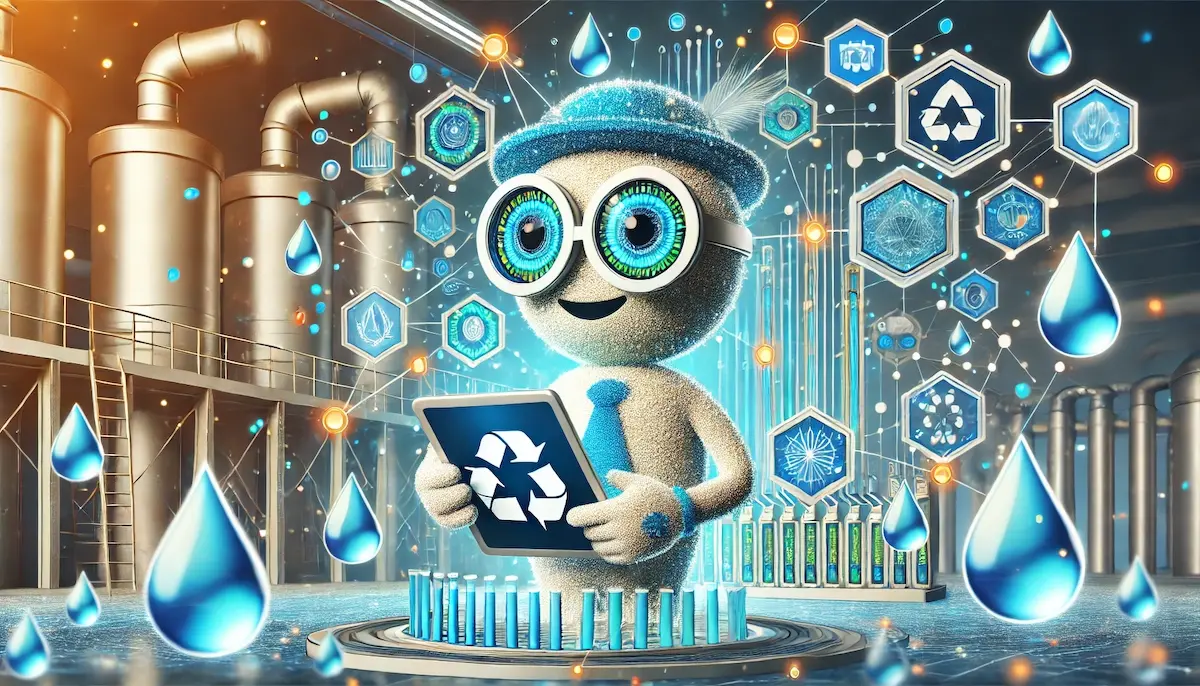Desalination is the process of removing salts and other impurities from seawater or brackish water to produce fresh water suitable for drinking, irrigation, and industrial use. This technology is increasingly vital in regions where freshwater resources are scarce, providing a sustainable solution to water shortages.
What is Desalination?
Desalination involves extracting fresh water from saline water sources. The two primary methods of desalination are thermal desalination and membrane desalination. Both methods require energy to separate the salts from the water, but they differ in their techniques and applications.
Key Methods of Desalination
Thermal Desalination
Thermal desalination uses heat to evaporate water, leaving salts and impurities behind. The water vapor is then condensed to form fresh water. The main types of thermal desalination are:
Multi-Stage Flash Distillation (MSF)
MSF involves heating seawater under high pressure and then rapidly reducing the pressure, causing the water to flash into steam. This steam is condensed into fresh water, while the remaining brine is discharged. MSF is widely used due to its robustness and ability to handle large volumes of water.
Multi-Effect Distillation (MED)
MED operates by passing seawater through multiple stages or effects, each at a lower pressure than the previous one. In each stage, a portion of the water evaporates and condenses, producing fresh water. MED is more energy-efficient than MSF and is commonly used in areas with high energy costs.
Vapor Compression Distillation (VCD)
VCD uses mechanical or thermal energy to compress and heat water vapor, which then condenses to form fresh water. This method is efficient for small to medium-scale desalination plants, particularly in remote locations.
Membrane Desalination
Membrane desalination uses semi-permeable membranes to separate salts and impurities from water. The primary membrane desalination methods are:
Reverse Osmosis (RO)
RO is the most widely used desalination technology. It involves forcing seawater through a semi-permeable membrane under high pressure. The membrane allows water molecules to pass through while blocking salts and other impurities. RO is energy-efficient and suitable for large-scale desalination plants.
Electrodialysis (ED)
ED uses an electric field to move ions through selective membranes, separating salts from water. This method is effective for brackish water desalination and industrial wastewater treatment. While less common for seawater desalination, ED is useful for specific applications requiring low energy consumption.
Benefits of Desalination
Reliable Water Supply
Desalination provides a dependable source of fresh water, especially in arid and semi-arid regions with limited freshwater resources. It can supplement existing water supplies and help meet the growing demand for water.
Drought Resilience
Desalination enhances resilience to droughts and climate change by providing an alternative water source. This reduces dependence on rainfall and surface water, ensuring a stable water supply during dry periods.
High-Quality Water
Desalinated water is typically of high quality, free from pathogens and contaminants found in some freshwater sources. This makes it suitable for drinking, irrigation, and industrial processes.
Supports Economic Growth
Access to a reliable water supply supports economic development by enabling agricultural production, industrial activities, and tourism. Desalination can also create jobs in construction, operation, and maintenance of desalination plants.
Reduces Pressure on Freshwater Resources
Desalination helps alleviate pressure on over-exploited freshwater sources, such as rivers, lakes, and groundwater. This supports the sustainable management of these resources and protects ecosystems.
Challenges and Future Outlook
Despite its benefits, desalination faces several challenges:
High Energy Consumption
Desalination is energy-intensive, particularly thermal methods. The high energy requirements contribute to operational costs and greenhouse gas emissions. Advances in energy-efficient technologies and renewable energy integration are essential to address this issue.
Environmental Impact
Desalination can have environmental impacts, such as brine discharge, which can harm marine ecosystems. Proper management and disposal of brine, as well as the development of environmentally friendly technologies, are crucial for minimizing these impacts.
Cost
The cost of building and operating desalination plants can be high, making desalinated water more expensive than traditional water sources. However, technological advancements and economies of scale are helping to reduce costs.
Infrastructure and Maintenance
Desalination plants require significant infrastructure and ongoing maintenance. Ensuring the reliability and longevity of these facilities is essential for sustained water production.
Future Outlook
The future of desalination looks promising as technological advancements and increasing demand for water drive innovation. Key areas of development include:
- Energy Efficiency: Research and development of energy-efficient desalination processes, such as advanced membranes and low-energy consumption technologies.
- Renewable Energy Integration: Using renewable energy sources, like solar and wind power, to reduce the carbon footprint of desalination plants.
- Brine Management: Developing methods for environmentally safe brine disposal and exploring ways to extract valuable minerals from brine.
- Modular and Mobile Desalination: Creating modular and mobile desalination units for flexible deployment in emergency situations and remote areas.
As global water demand continues to rise and freshwater resources become increasingly stressed, desalination will play a crucial role in ensuring a sustainable and reliable water supply for the future.
Blockfine thanks you for reading and hopes you found this article helpful.
